Hva var de beste utstillingene, begivenhetene og publikasjonene i 2012? I Kunstkritikks julekalender oppsummerer Kunstkritikks egne skribenter og inviterte gjester kunståret 2012. Den trettende i rekken er den Helsinki-baserte skribenten og kuratoren Marita Muukkonen. Hun har blant annet arbeidet for HIAP, Helsinki International Artists Programme, Frame – Finnish Fund for Art Exchange og NIFCA, Nordic Institute for Contemporary Art.
Best exhibitions
Best events
 |
Checkpoint Helsinki, Open space workshop, Kiasma Theater, Helsinki. The first Checkpoint Helsinki open workshop gathered more than 100 participants from the field of art to discuss and propose models and strategies for creating a new contemporary art organization producing internationally relevant contemporary art works in Helsinki. This first artist-led, open Checkpoint Helsinki workshop used open space methods to discuss the participants’ ideas during a day at Museum of Contemporary Art Kiasma. The workshop succeeded both in generating ideas and committing people to the Checkpoint Helsinki movement. Checkpoint Helsinki started in the spring 2012 as an alternative to the plan to build a Guggenheim museum in Helsinki. The first projects will be launched in 2013. | ||
 |
Delaine Le Bas, Crystal Ball Genocide, The Unfinished Sinti and Roma Memorial, Berlin. Delaine Le Bas performed at The Unfinished Sinti and Roma Memorial, near Berlin’s Reichstag, on 27 January, 2012: Holocaust Memorial Day. She performed in the corner of the Tiergarten, which was simply blocked off. The barriers hid a small construction site under the trees, which then looked like the building blocks of a project that would never be completed. The artist, in a shamanic dress decorated with white hands, revolved a steel ball in her hands and walked around a circular pool, which was part of the unfinished monument. That was her way of turning time backwards and forwards to resolve the conflicts and arguments that feel so futile in the face of what the monument is suppose to represent. In Le Bas’ performance the memorial was a symbol of the “forgotten holocaust” that still haunts the artist’s community. The circle represented the idea of completion for a piece of history that finally needs recognition. The German government had decided to erect a national memorial to the murdered European Sinti and Roma who were persecuted as “Gypsies” as early as 1992. The German government commissioned the artist Dani Karavan to construct the monument and it was originally supposed to be completed in 2009. It was finally inaugurated in late October 2012, several months after Le Bas’ intervention. http://vimeo.com/37798649 (Image: Delaine Le Bas. Photo: Moritz Pankok.) | ||
 |
On Perspectives in Works by Gunvor Guttorm and Jimmie Durham in Sámi art: Perspectives on the Indigenous and the Contemporary, International conference, Tromsø. Artist Geir Tore Holm crystallized in poetry the essence of works by Gunvor Guttorm and Jimmie Durham. (Image: The History of Europe, 2011. By courtesy of Jimmie Durham; kurimanzutto, Mexico City. Commissioned by dOCUMENTA (13). Photo: Nils Klinger.) |
Best publications
 |
Purissima Benitez-Johannot (ed.), The Life and Art of David Medalla, Vibal Foundation. This monograph of Philippines-born artist and poet David Medalla beautifully presents works by one of the pioneers of kinetic, performance, participatory and land art. The selection of photos documenting both Medalla’s works and life, and the essays written both by art historians and his close artist friends, such as Adam Nankervis and Guy Brett, show how David’s works and life goes hand in hand. Medalla, who moved to London in the 1960s, describes himself as a Third World citizen, whose Philippine passport means he is unable to stay in any one country for a prolonged period. He has long been a citizen of the world, beginning studying at Columbia University when he was 12 and subsequently establishing a prominent artistic career. In the 1970s, he was chair of Artists for Democracy, which supported liberation movements worldwide. An early version of his bio-kinetic work Cloud Canyons (bubble machines) created in the 1960s was in the Migrations exhibition at Tate Britain this year. Medalla continues to perform and work actively around the globe. (Image: David Medalla. Photo: Adam Nankervis.) | ||
 |
Street art in Russia, Ukraine and Egypt. New growing forms of street art are like today’s «samizdat». Samizdat was a key form of dissident activity across the Soviet Union in which individuals produced publications by hand and passed the documents from reader to reader. Now these messages can be read in city spaces and on the Internet. Timofey Radya in Ekaterinburg writes on the rooftops, Kiril Tok in Moscow uses walls or cars as his writing board… Check out: http://ganzeer.com/cairostreetart/index.html / http://t-radya.com. |
||
 |
Newtopia: The State of Human Rights, Ludion. In the aftermath of 11 September, 2001, human rights have been violated, and limited, in the name of “national security” around the globe, and authoritarian and right-wing populist tendencies are restricting fundamental human rights in Europe. In the catalogue Newtopia: The State of Human Rights, selected works constitute a corpus that clearly shows the extent to which this question is also affecting artistic freedom. Instigated by the curators Katerina Gregos and Elena Sorokina, the question of human rights is not only examined from a philosophical and ethical point of view, but is also linked to the work of 70 international, contemporary artists whose works were shown in the Newtopia exhibition curated by Gregos in Mechelen, Belgium in autumn 2012. The catalogue charts the current situation of human rights with essays, philosophical reflections, and contributions from a number of international human rights activists, such as Liu Xiaobo, Anna Politkovskaya, Shirin Ebadi, Asmaa Mahfouz, Aung San Suu Kyi and others. |





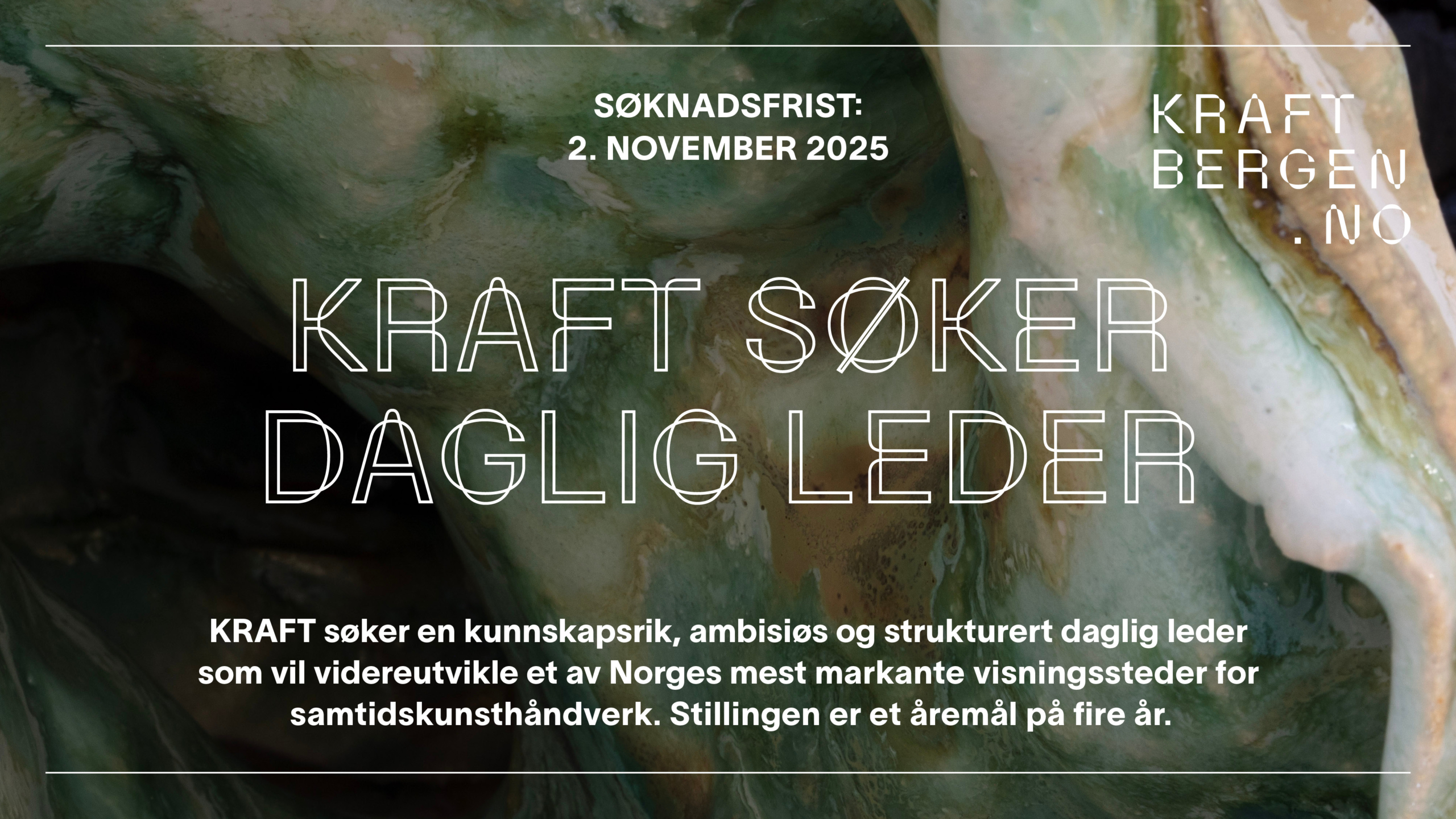
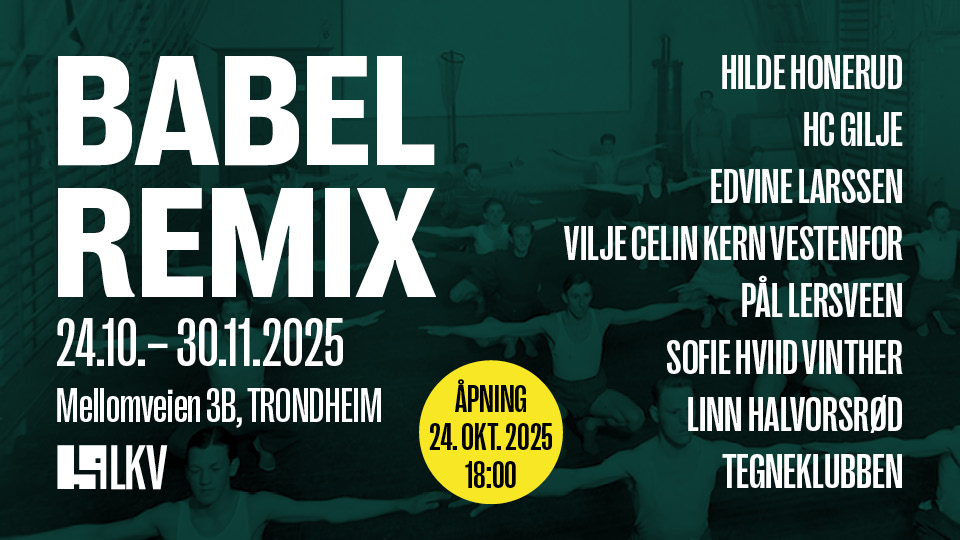
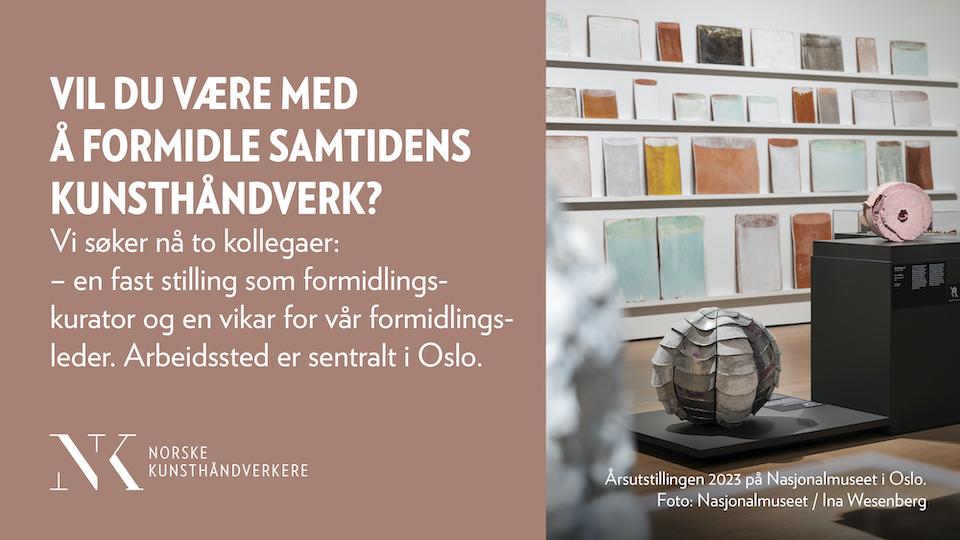
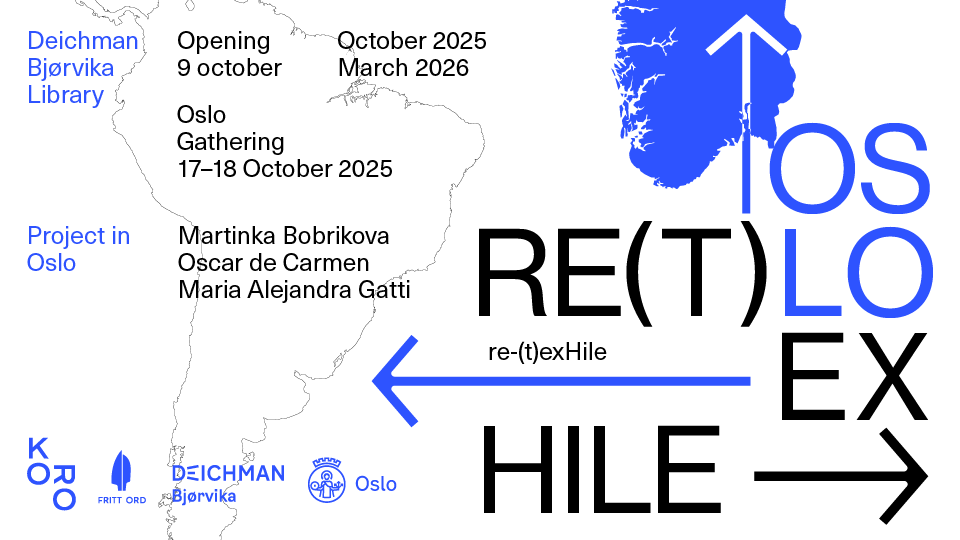
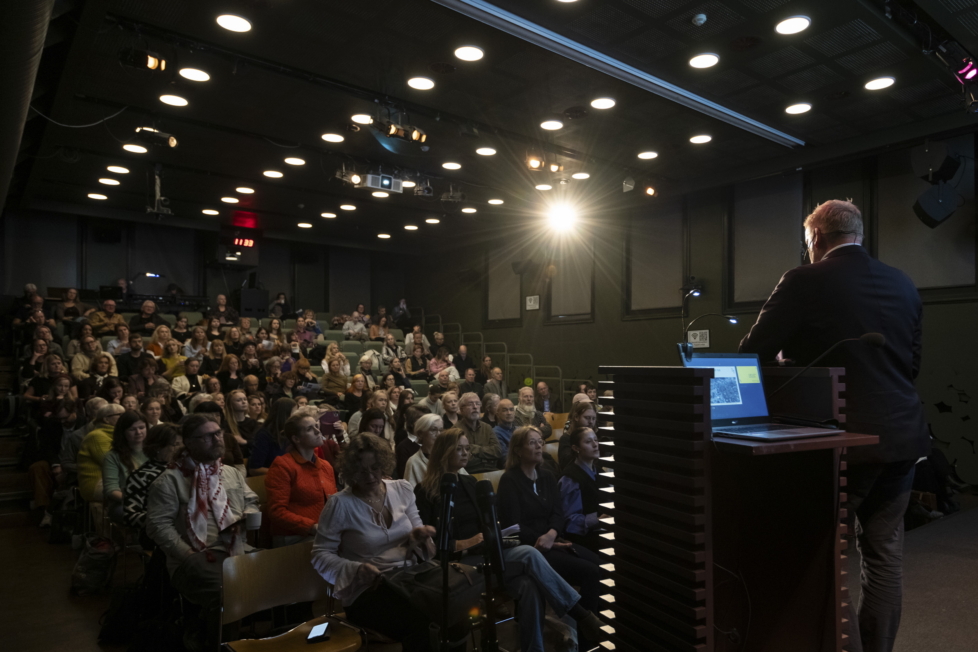
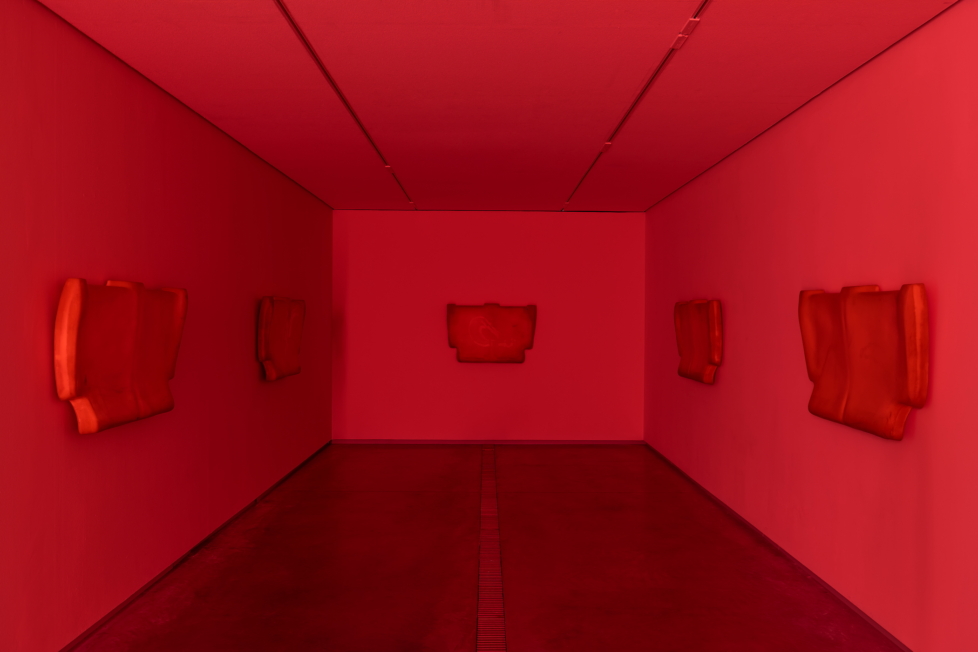
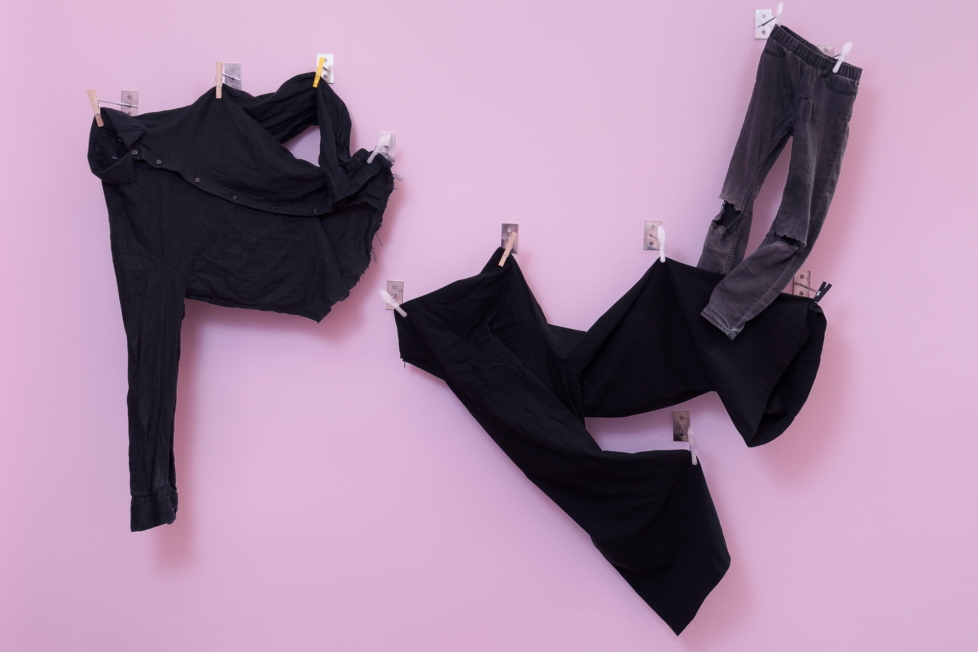
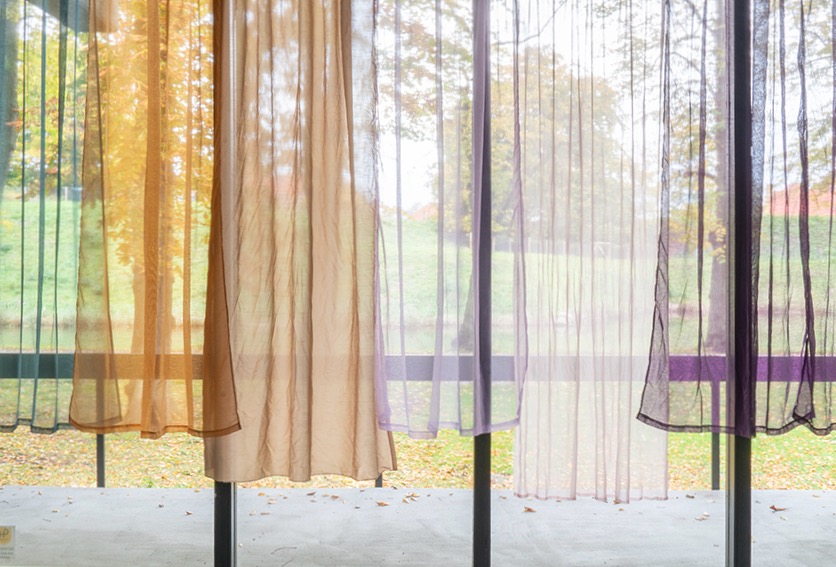










Leserinnlegg